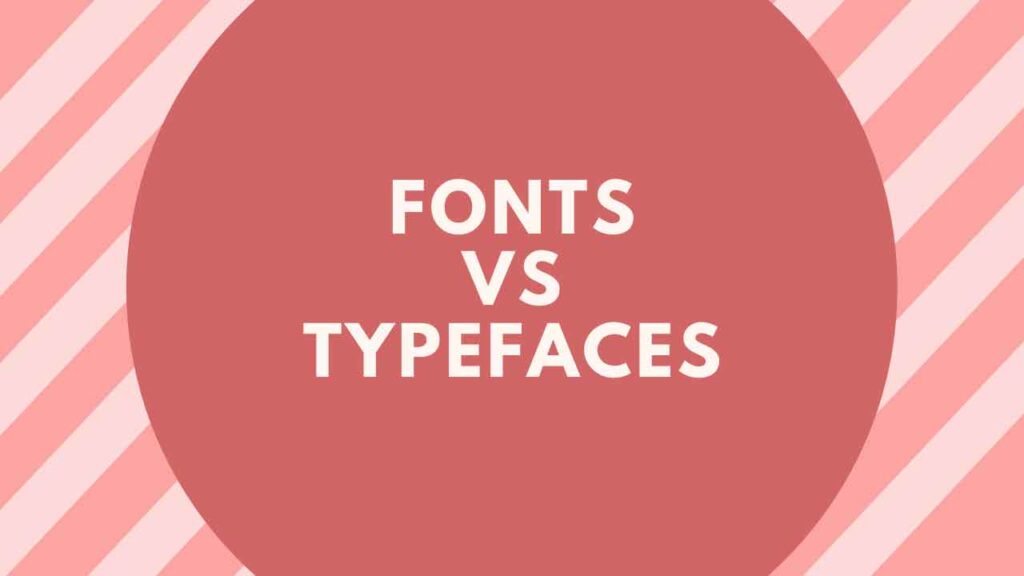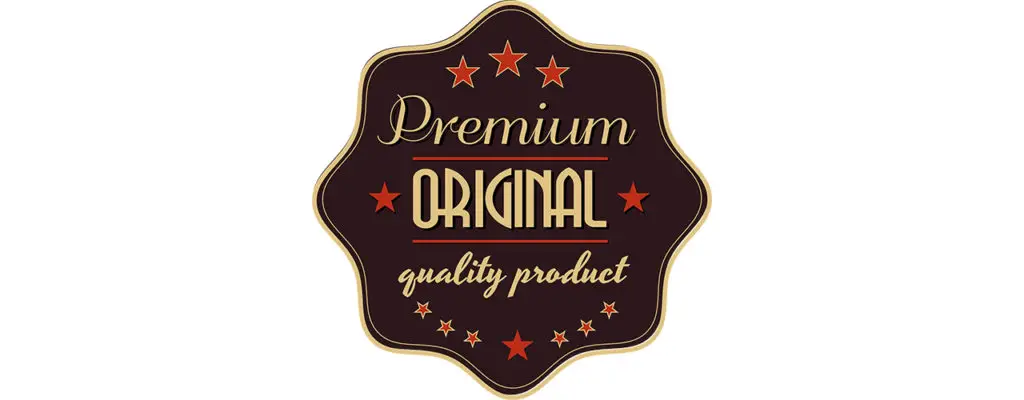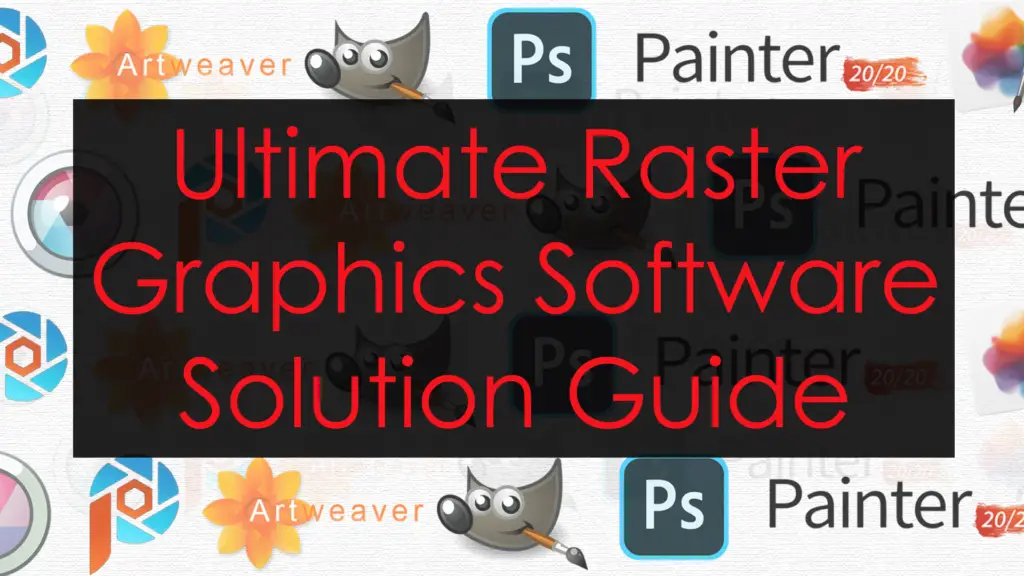THIS ARTICLE MAY CONTAIN AFFILIATE MARKETING LINKS! IN CASE YOU MAKE A PURCHASE THROUGH ONE OF THE LINKS, WE'LL GET A SMALL COMMISSION. WITH NO EXTRA CHARGES TO YOU. THANKS!!
Table of Contents
Most of the time people tend to use the terms “font” and “typeface” interchangeably and they are wrong in doing so. Because both fonts and typefaces are different things. The terms font and typeface may be used as synonyms but at the technical level, they have different meanings. And if you are wondering what is the difference between Fonts and Typefaces?, How one is different from the other? This article will help you in getting a better understanding of both. So, let’s get started,
What is the Difference between Fonts and Typefaces?
Generally, though, the term “font” is used to describe types of typefaces such as serif fonts or sans-serif fonts. A “typeface” mainly refers to a design that is based on a particular letter. The letter’s outline is the typeface in this case. In simpler words, Typeface is the set of design features used in the letters, and characters. Whereas Font refers to the variations like weight and size of the typeface.
What is Typeface?
A typeface is the collection of glyphs, which represents the letter, number, punctuation mark, or other symbols. There are hundreds and thousands of different typefaces in existence. Here are a few examples of the popular typefaces Arial, Times, Verdana, Helvetica, and so on. Typefaces are also created for certain special applications, for example, Mathematics, Cartography, and Astrology.
Different Typeface
- Serif: The Serif Typeface consists of Serifs. Serifs are the slight projection at the end of the finishing stroke of a letterform. Example of Serif Typeface are Adobe Jensen, Garamond, Perpetua, Bodoni, and so on.
- Sans Serif: The San Serif Typefaces are the opposite of the Serif, as they do not include serifs in the letterforms. Example of the San Serif Typeface are Franklin Gothic, News Gothic, Helvetica, Arial, Futura, and so on.
- Decorative: The Decorative Typefaces are used mainly because of their appreance, they are eye-catching, and fun. Some example of Decorative Typeface are Outlaw, Morris Troy, and so on.
- Monospaced: The Monospaced Typefaces are the variation of the Serif and San Serif Typefaces. In monospaced every letter takes up the same amount of horizontal space. Some of the example of Monospaced Typeface are Broadway, Cooper Black, Curlz, and so on.
- Script: The Script Typeface imitates the fluid strokes of handwriting. And their look and design may range from formal to very casual. Some of the example of script typeface are Bickham Script, Snell Roundhand, Brush Script, and so on.
- The Best Graphic Design Books for Beginners
- 17 Branding Books you should read now
- List of Best Logo Design Books for Beginners
What is Font?
When certain variations are used with the Typeface like bold, italic, and so on the resulting variation of the typeface is called Font. Fonts are the result of variation in weight and size of a Typeface.
So, Font comes under the larger umbrella of Typeface. In the absence of a typeface, there can be no font.
Font Family
The term Font Family means exactly what it sounds like. The group of all the related fonts is called a Font Family. For example, Bodoni is a typeface, and its different variations with weight and sizes are the fonts that form the font family. Generally, a typeface can have various fonts.
Font variation of a Typeface
Below is the list of font variations,
- Weight: Bold, Semibold, Extra Bold, Ultra Bold, Black, Ultra Black, Regular, Medium, Hairline, Thin, Light, Extra Light, Ultra Light, Book.
- Width: Narrow, Normal, Compressed, Semi Condensed, Condensed, Expanded, Extended, Extra Extended.
- Styles: Italic, Roman, Cursive, Small Caps.
- Optical Size: Text, Caption, Subhead, Deck, Poster, Display.
- Grade: Grade 1, Grade 2, Grade 3, Grade 4.
- Effects: Bevel, Fill, Shadow, Outline, Inline.
A Brief History of Fonts and Typefaces
The difference between typefaces and fonts can be found in the history of printing. Back in the days when the pages were printed manually letters were created in sets. And these sets were called types, and each variation of the type was called font.
During this era of digital typing and typography, the difference between fonts and typefaces has become blurred and confusing over time.

Conclusion
Due to the effect of digitalization of printing and typing the terms typeface and font are used interchangeably nowadays. But, there is a clear difference between the two. While typefaces define all the letters and characters that form letters, numbers, and symbols. Whereas, the fonts are the variation of the typeface which include different weights, widths, styles, and sizes. Knowing the difference between the two as a designer is essential. And as a non-designer, this knowledge will help you in communicating your design idea and type requirements clearly to the designer.







